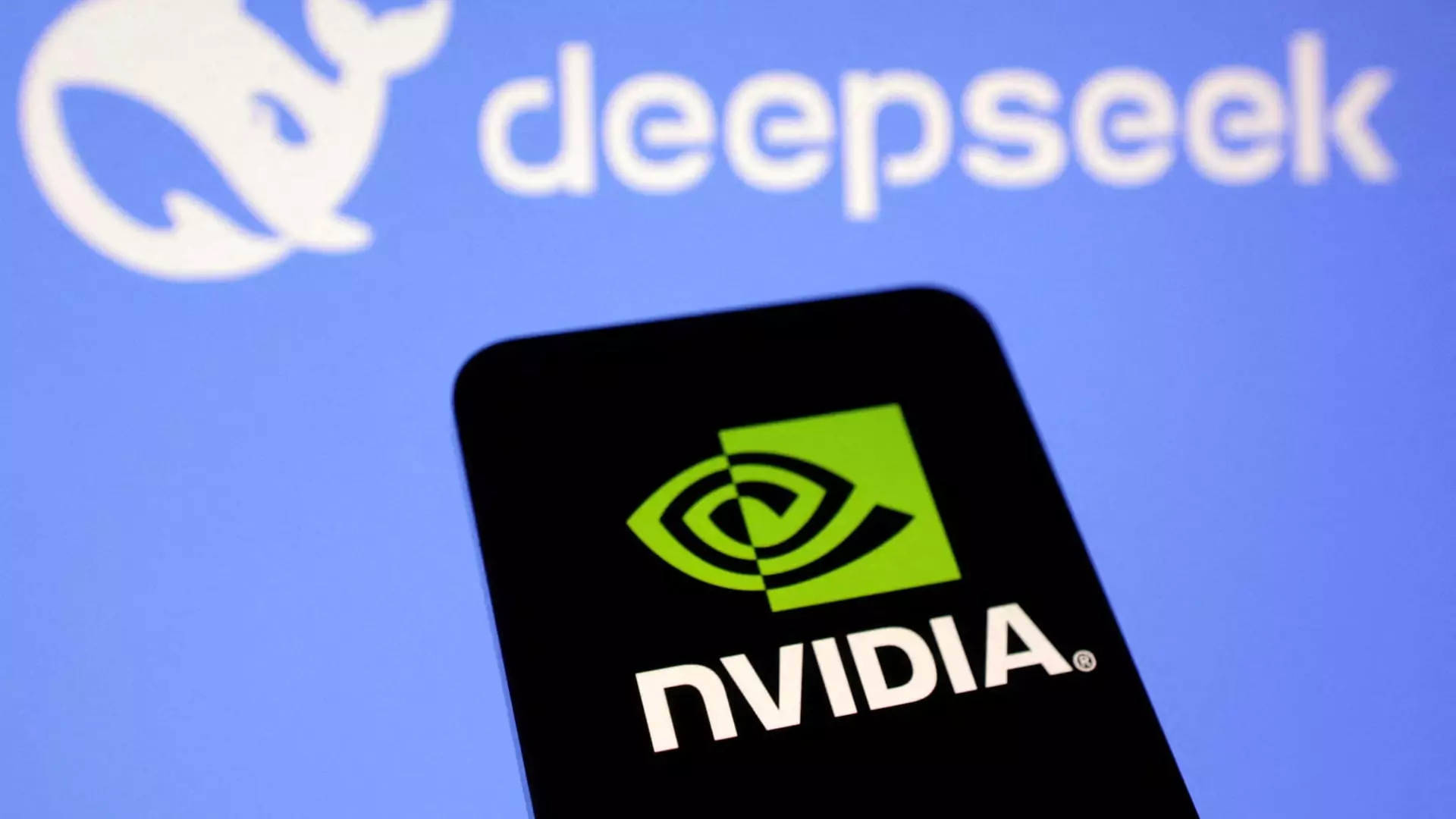The artificial intelligence sector in the United States finds itself in the midst of a significant upheaval, largely attributable to the emergence of DeepSeek, a Chinese startup that has posed a direct challenge to the established players in the market. This disruption is particularly evident in the substantial loss observed in Nvidia’s market value—hundreds of billions vanish, as the company grapples with this newfound competition. However, while industry giants face the turmoil, an unexpected silver lining emerges for smaller AI enterprises; these companies see DeepSeek not as a menace, but as a game-changing opportunity to innovate and expand.
At the core of DeepSeek’s appeal is its commitment to open-source models, such as the newly unveiled DeepSeek R1. This rebel against the tradition of closed, expensive AI models revolutionizes access for developers who are increasingly seeking alternatives to offerings from companies like OpenAI. Andrew Feldman, CEO of Cerebras Systems, emphasized this trend by noting a significant spike in demand for his company’s cloud-based AI services following the R1’s launch. This is a clear indication that developers are eager to embrace open-source solutions, which offer a freedom and flexibility that proprietary systems lack.
A major aspect of DeepSeek’s allure is its economic efficiency. The R1 reasoning model is touted to rival American technologies while running at significantly lower costs. This could signal a turning point: a shift where the financial barrier to entry in the AI sector is minimized, enabling a broader range of players—especially startups and smaller companies—to contribute and innovate without the weight of excessive costs.
The Implications of Inference in AI
The conceptual divide between AI training and inference is crucial in understanding the ongoing shifts within the market. Training AI models is a resource-intensive endeavor reliant on sophisticated hardware, predominantly dominated by giants like Nvidia. Conversely, inference involves applying existing models to real-world applications, an area illustrated by the rising demand for specialized chips designed for efficiency. Phelix Lee of Morningstar emphasizes that while training necessitates robust processing power, inference models require fewer resources and can function on less powerful chips.
DeepSeek has accelerated interest in inference technologies, and many AI startups report an uptick in demand for chips dedicated to this segment. The narrative is shifting, transforming inference from an afterthought to the focal point that drives AI adoption. This evolution highlights a fundamental change in how AI applications are deployed: companies are reallocating investments from training clusters to inference clusters, signaling a broader market transformation.
The response from the market has been telling. Startups like d-Matrix and Etched are publicly embracing the transformation prompted by DeepSeek. Sid Sheth, the CEO of d-Matrix, asserted that the success of smaller open models not only challenges the status quo but also underlines a crucial point: the potential for more capable models at a fraction of the traditional costs is now a reality. As companies begin to explore alternatives for building sophisticated AI with accessible pricing, the competitive dynamic shifts markedly.
The evolving landscape of AI also encourages a diversified market with multiple players initiating their breakthrough technologies. This multiplicity of approaches stands in stark contrast to past ecosystems that were often dominated by a single entity. The opportunity presented by DeepSeek fosters a zeitgeist of innovation, encouraging collaboration and creativity among startups to fill gaps that larger companies might overlook.
Future Outlook: The Role of Efficiency
Looking ahead, experts concur that DeepSeek’s achievements not only promise to bolster the inferencing capabilities across the AI sector but also invigorate the entire chip industry landscape. According to analysts at Bain & Company, ongoing efficiency gains herald cheaper inference solutions, which could subsequently facilitate greater AI adoption. This mirrors Jevon’s Paradox, where reduced costs of emerging technologies simultaneously drive increased demand.
As the AI market expands, the narrative begins to favor flexibility and adaptability. Sunny Madra of Groq shares this optimistic view, highlighting that the surge in AI demand creates ample room for smaller players. With Nvidia’s capacity constraints becoming apparent, emerging companies are seized with the opportunity to carve out their niches. This presents a promising future for innovation within AI—one where diversity in technology not only exists but thrives.
The advent of DeepSeek signifies a crucial inflection point in the AI market. The intricate landscape of opportunity for smaller firms has expanded, creating a burgeoning ecosystem driven by open-source principles and cost-effective optics. As these dynamics unfold, they could catalyze not only innovation among startups but also reshape the competitive balance of power within the broader AI industry. With the integration of adaptable technologies and a focus on inference, we may very well be witnessing the dawn of a new era in artificial intelligence.

